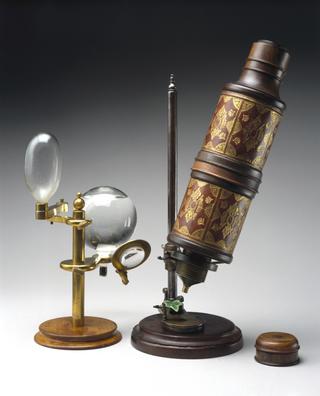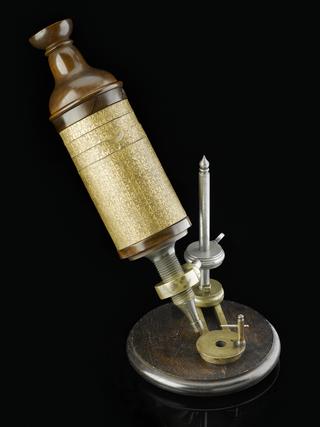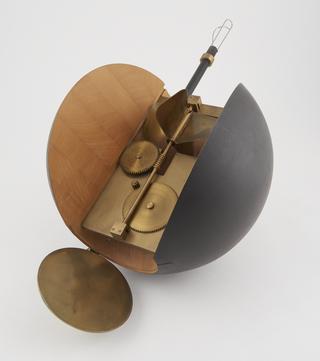
Robert Hooke 1635 - 1703
- occupation:
- Natural philosopher
- Nationality:
- English
- born in:
- Freshwater, Isle of Wight, England, United Kingdom
Robert Hooke was an English scientist famous for pioneering microscopy and cell science. Hooke made contributions to many different fields including mathematics, optics, mechanics, architecture and astronomy. He had a famous quarrel with Isaac Newton regarding who should be credited with certain scientific discoveries. Newton and Hooke continued to have a frosty relationship despite both contributing hugely to our understanding of science.
Hooke was born on the Isle of Wight, and was expected to join the Church, like his father and three brothers. However, as a boy he was fascinated by nature and mechanical objects, and he loved drawing. When his father died in 1648, Hooke was left enough money for an apprenticeship as a painter in London, entering Westminster School a few months later.
In 1653, Hooke joined Oxford University as a chorister. He got involved in scientific research, inspired by natural philosophers such as Robert Boyle. Hooke attended meetings with other scientists, and in 1662 this group became the Royal Society. Hooke performed three or four experiments at each meeting, making him the first paid professional research scientist. His professional title was Curator of the Royal Society because he looked after its scientific instruments.
In 1665, Hooke published his famous Micrographia. He had made detailed studies of natural and inanimate objects using a microscope, and the book contained precise drawings and descriptions of his observations. In his study of petrified wood, Hooke noticed small regular compartments which prompted him to coin the term 'cells' to describe the basic unit of life.
Hooke was also an architect, surveyor and builder. He worked with Sir Christopher Wren to rebuild London following the Great Fire.




